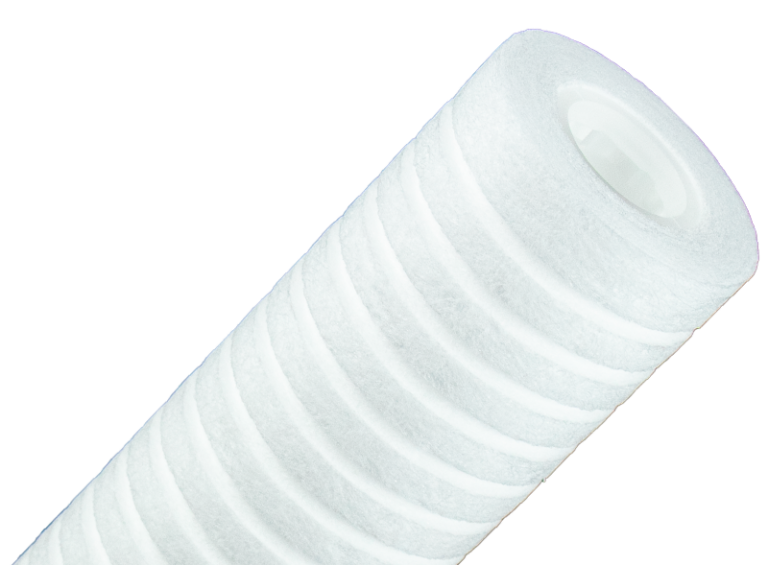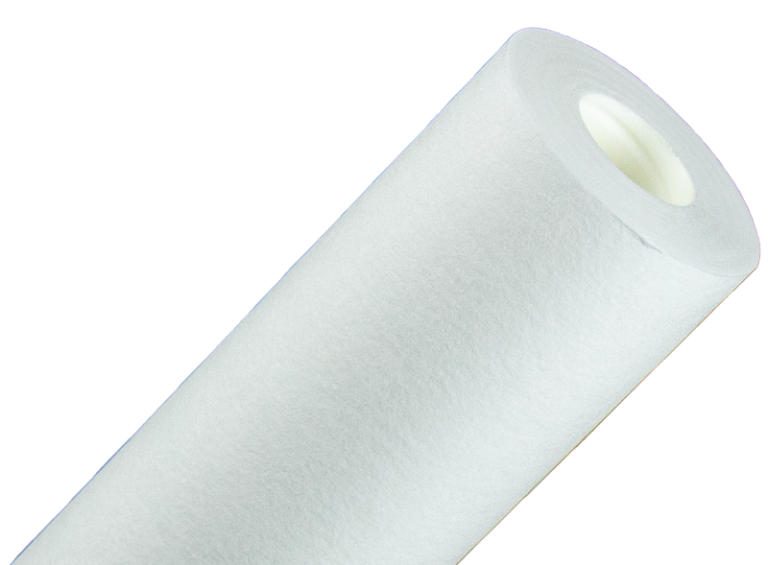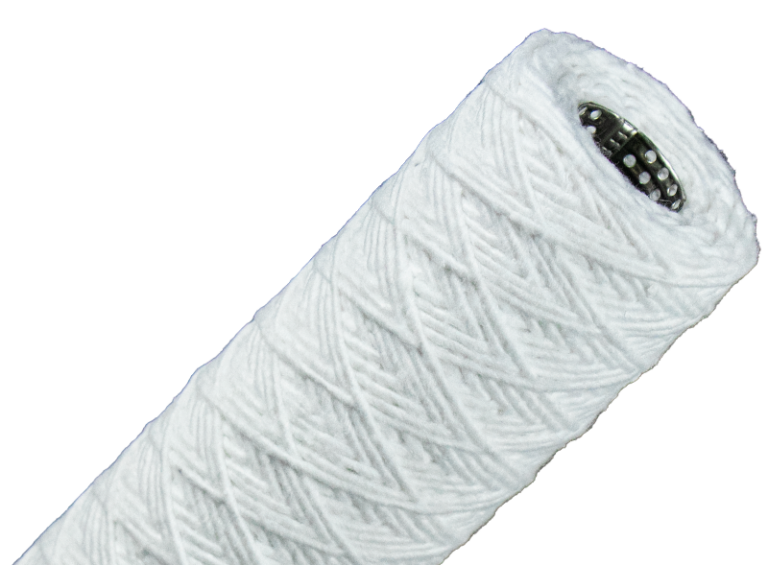You may have heard of depth filtration, but have you ever wondered about its benefits and advantages? These facts will give you a rapid introduction to this popular use of filtration available for a wide range of applications!
- Depth filters use a porous medium that retains particles throughout the filter, rather than just on the surface. The systems are used in a wide range of applications and can be used to remove a broad particle range, including dirt and grit, organic solids, sand and rust particles.
- Depth filters come in various designs, which include standard cartridges, depth characteristics in some surface cartridges and standard and premier bag filtration, which are multi-layered. There are also two main types of functional categorisation: graded density and rolled depth.
- Depth filtration is ideal for situations where the liquid to be filtered has a wide range of particle sizes. These filters can handle a significant mass of particulate before they become clogged, especially compared to other types of filter, such as pleated, although not as much as bags for instance.
- The multiple porous matrix within the filter is densely packed into the cartridge. This traps contaminant of different sizes. These porous layers can be made out of different media depending on the application and contaminant, such as polypropylene, glass fibre and cotton.
- Alongside the physical capture of contaminants, the filters also have fibres which gather particles through an electrostatic charge. The positively charged fibre attracts particles with a negative charge in a process of adhesion known as adsorptive retention.
- Depth filters can also gather high volumes of particulate without any compromise to the efficiency of separation; if anything, the efficiency increases as the areas become clogged. As the travelling liquid naturally seeks to find the path of least resistance through the filter, particulate becomes trapped across the densely-packed entirety of the depth media.
- The process above is aided by the water flow. The passing water travels through the filter in a tortuous and channelled way and this further acts to agitate the particulate contents and ensure they become trapped within the internal media, rather than simply on the surface of the cartridge.
- Depth filters are highly popular because of their general use and cost-effectiveness. Thanks to the direct flow mechanism, contaminants can be trapped within the filter system with minimal power costs, as the low system pressure requires minimal pump action. Depth filters are also highly flexible and can be scaled up or down according to need whilst outputting up to 99% efficiency at the given micron rating.
- The choice of filter will depend on a range of factors, including water flow rate and pressure, temperature, particle size, micron rating required, specifics of the existing system or new application and the needs of housing requirements and their dimensions. A specialist technician will assess the specifics of the existing system and the needs of the client to make an informed recommendation that matches objectives and budget.
- The technology of depth filtration is also constantly refining and improving as the needs of the industry evolve along with the more exacting requirements of legislation. The market is expected to be worth $4.02 Billion By 2025.*















